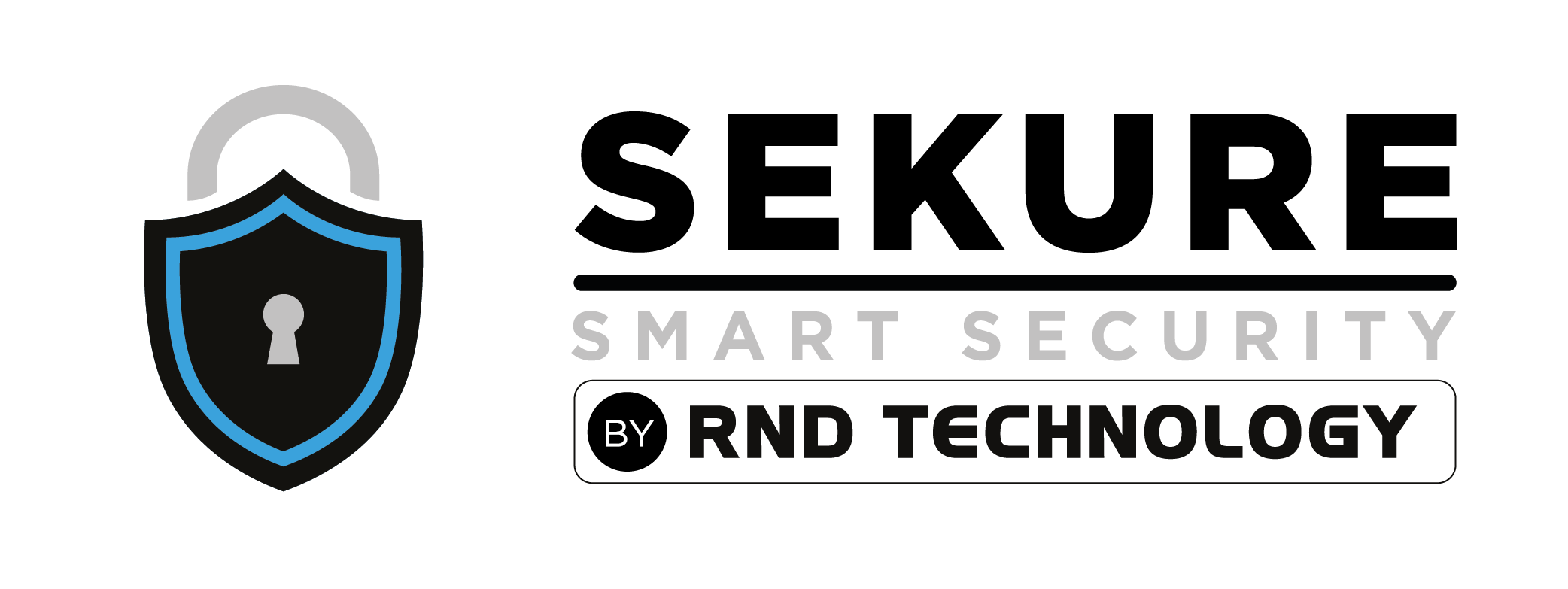At the heart of any smart home system are the communication protocols that allow devices to “talk” to one another. These protocols are like the languages smart devices use to exchange information and instructions. Several key communication methods form the foundation of smart home systems:
1. Wi-Fi: The Ubiquitous Connection
Wi-Fi is one of the most commonly used protocols in smart homes. It provides a high-speed connection for devices like cameras, thermostats, and smart speakers. Since most homes already have Wi-Fi networks, this protocol is convenient for homeowners, allowing devices to connect to the internet and each other easily.
- Pros: Fast, widespread availability, good for high-bandwidth devices like cameras.
- Cons: High power consumption may slow down other devices on the network.
Example: A Wi-Fi-connected smart thermostat like Ecobee communicates with other smart devices through the home’s router, allowing homeowners to remotely control their climate via mobile apps. It also interacts with other systems like smart lighting or security cameras.
2. Zigbee & Z-Wave: Low-Power Mesh Networks
Zigbee and Z-Wave are popular low-power mesh networking protocols for smart home automation. These protocols create a “mesh network,” where devices relay information through other devices to ensure strong, reliable communication, even over long distances. Because these protocols use less power than Wi-Fi, they’re ideal for battery-operated devices like sensors and smart locks.
- Pros: Energy-efficient, great for battery-operated devices, strong mesh networks.
- Cons: It requires a hub to connect to Wi-Fi but is not as fast as Wi-Fi.
Example: A Zigbee-connected motion sensor can communicate with smart lights, automatically turning them on when motion is detected. Similarly, Z-Wave devices like smart door locks can connect to a central hub, ensuring the homeowner can control their locks remotely while integrating them with other security features.
3.Bluetooth: The Localized Connector
Bluetooth is typically used for short-range communication between devices and doesn’t rely on the home’s Wi-Fi network. Many smart home systems, like audio devices, use Bluetooth to connect directly to nearby controllers (like a smartphone) or to other devices.
- Pros: Low power consumption, ideal for close-range communications.
- Cons: Limited range, slower compared to Wi-Fi or mesh networks.
Example: Sonos speakers can connect with smartphones or other audio devices using Bluetooth, creating a seamless experience for playing music throughout the house. While Sonos also supports Wi-Fi for more advanced multi-room audio setups, Bluetooth offers a quick, reliable way to control audio from nearby devices.
4.Thread: The New Kid on the Block
Thread is a relatively new communication protocol designed to be faster, more secure, and more scalable than Zigbee or Z-Wave. It’s a low-power, IP-based protocol that allows devices to communicate directly with each other without a central hub, creating a self-healing mesh network.
- Pros: Fast, low power, direct communication between devices, no hub needed.
- Cons: Limited adoption so far compared to other protocols.
Example: Google Nest devices are beginning to support Thread for faster, more reliable communication. Imagine your Nest thermostat controlling your Thread-compatible smart lights without a hub, resulting in faster response times and greater system reliability.
Smart Hubs: The Command Center of Your Smart Home
While some devices can communicate directly with each other via Bluetooth or Wi-Fi, most smart homes rely on hubs to coordinate communication between different devices. Hubs act as the central brain, ensuring all devices—regardless of protocol—can work together.
A hub may support multiple protocols (such as Zigbee, Z-Wave, and Wi-Fi), allowing different smart devices to interact with each other, even if they don’t speak the same “language.”
Popular Hubs:
- Savant: A high-end smart home hub that seamlessly integrates a wide range of devices, from lighting and climate control to entertainment systems.
- Control4: Known for its powerful, user-friendly platform, Control4 allows homeowners to control and automate everything from door locks to audio-visual systems.
- Amazon Echo / Alexa: While primarily a voice assistant, Alexa also serves as a hub, allowing users to control a wide array of smart devices with voice commands.
- Apple HomeKit: Integrates devices into a unified smart home ecosystem, which can be controlled through Siri, the Home app, or automation rules.
Voice Assistants: The Ultimate User Interface
Voice assistants like Amazon Alexa, Google Assistant, and Apple Siri have become a major part of the smart home experience. These devices serve as a central point of interaction, allowing users to control various systems with simple voice commands.
Voice assistants work by integrating with smart home hubs or by directly connecting to devices through Wi-Fi, Bluetooth, or Zigbee. For example, saying “Alexa, turn off the lights” communicates with your smart lighting system, and “Hey Google, adjust the thermostat” connects with your climate control devices.
- Example: You can create routines using a voice assistant to manage several actions simultaneously. For example, saying “Goodnight” might turn off all the lights, lock the doors, and lower the thermostat.
Customization: How Smart Devices Create a Personalized Experience
The real magic of smart home automation lies in its customization and personalization. Homeowners can set up their devices to work together to suit their routines, preferences, and even moods.
Scene Settings
Imagine creating a “movie night” scene with a single tap on your smartphone or voice command:
- The lights dim to a soft glow.
- The surround sound kicks in with your favorite movie soundtrack.
- The thermostat adjusts to your ideal movie-watching temperature.
- The blinds lower to block out outside light.
Scheduling and Automation
By scheduling tasks and automating processes, smart home systems can run without manual input. For example:
- Smart thermostats like Ecobee can automatically lower the temperature at night for better sleep.
- Savant and Control4 can schedule lights to turn on or off at specific times, even simulating presence when you’re away to improve security.
Conclusion: A Seamless, Customized Smart Home Experience
The beauty of smart home automation lies in how all these technologies work together to simplify and enhance the homeowner’s daily life. With communication protocols like Wi-Fi, Zigbee, Z-Wave, and Thread, and hubs like Savant and Control4, smart home devices can interact seamlessly, creating a fully connected and customized living experience.
By automating tasks and integrating devices, homeowners can enjoy greater convenience, energy savings, security, and comfort. As technology continues to advance, the future of smart homes will become even more personalized and intuitive, offering a truly customized experience for every homeowner.







